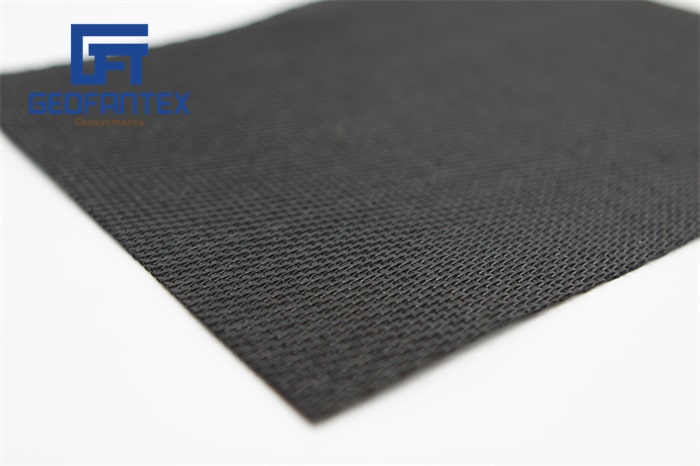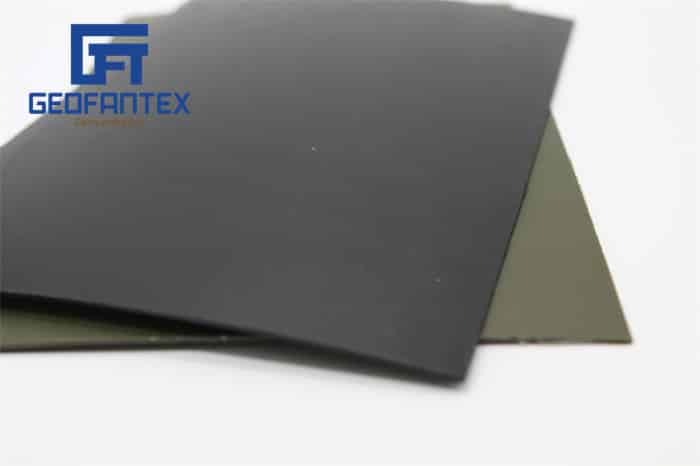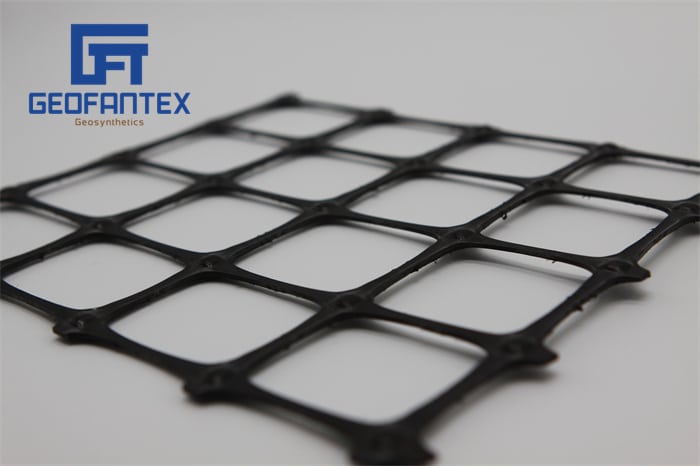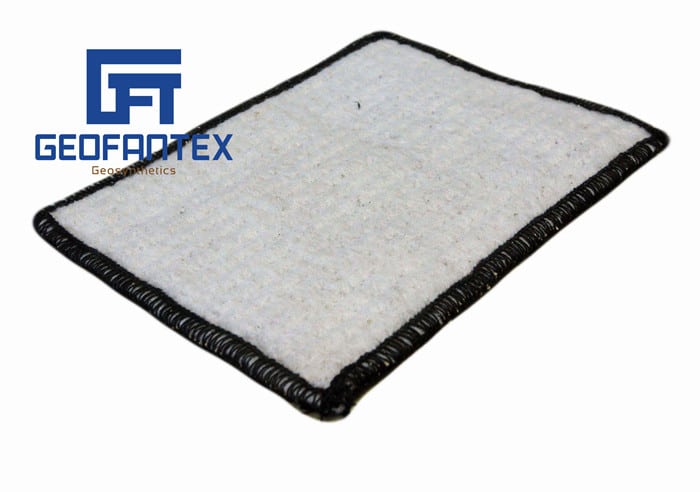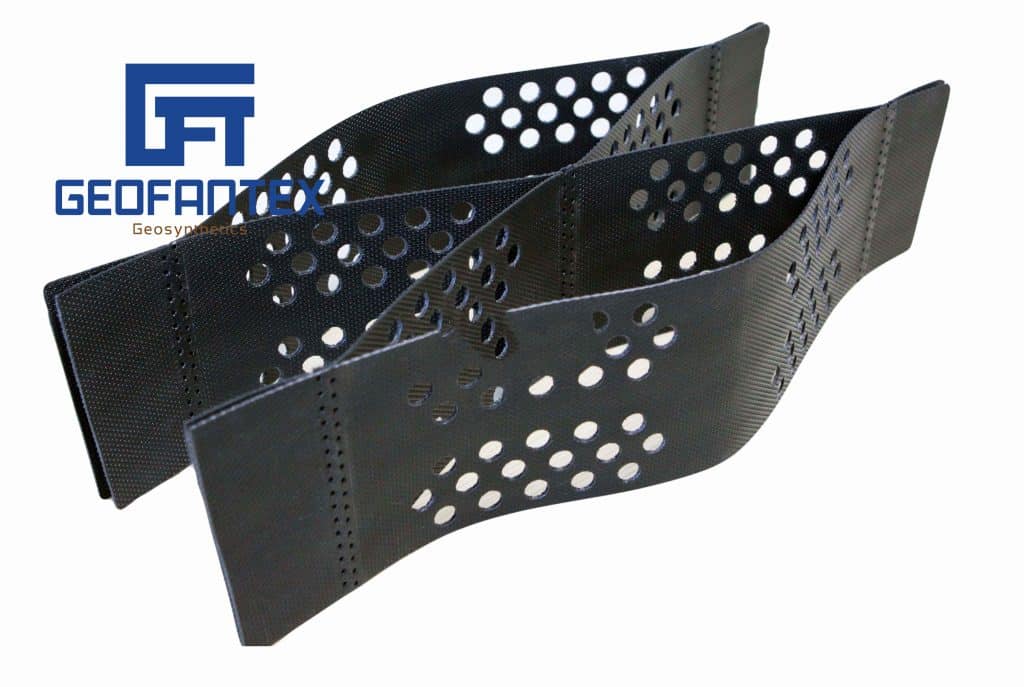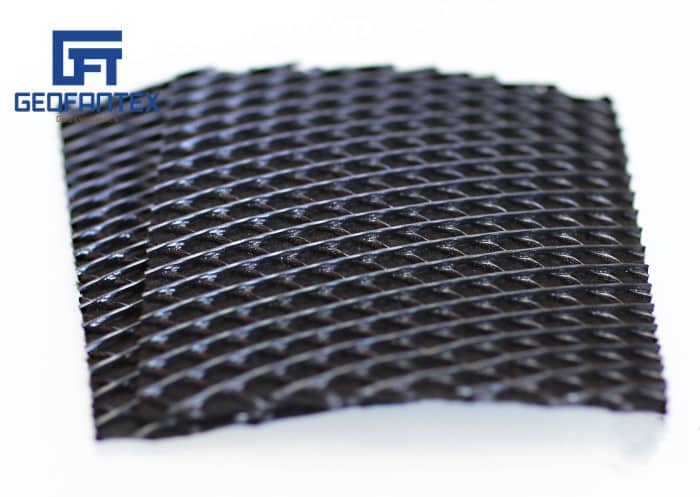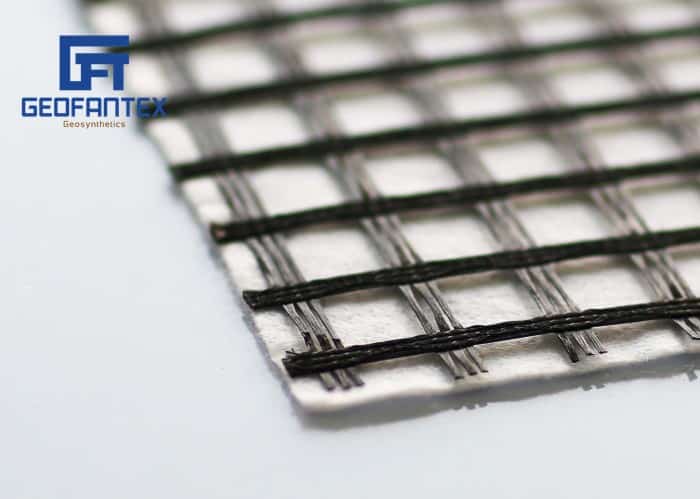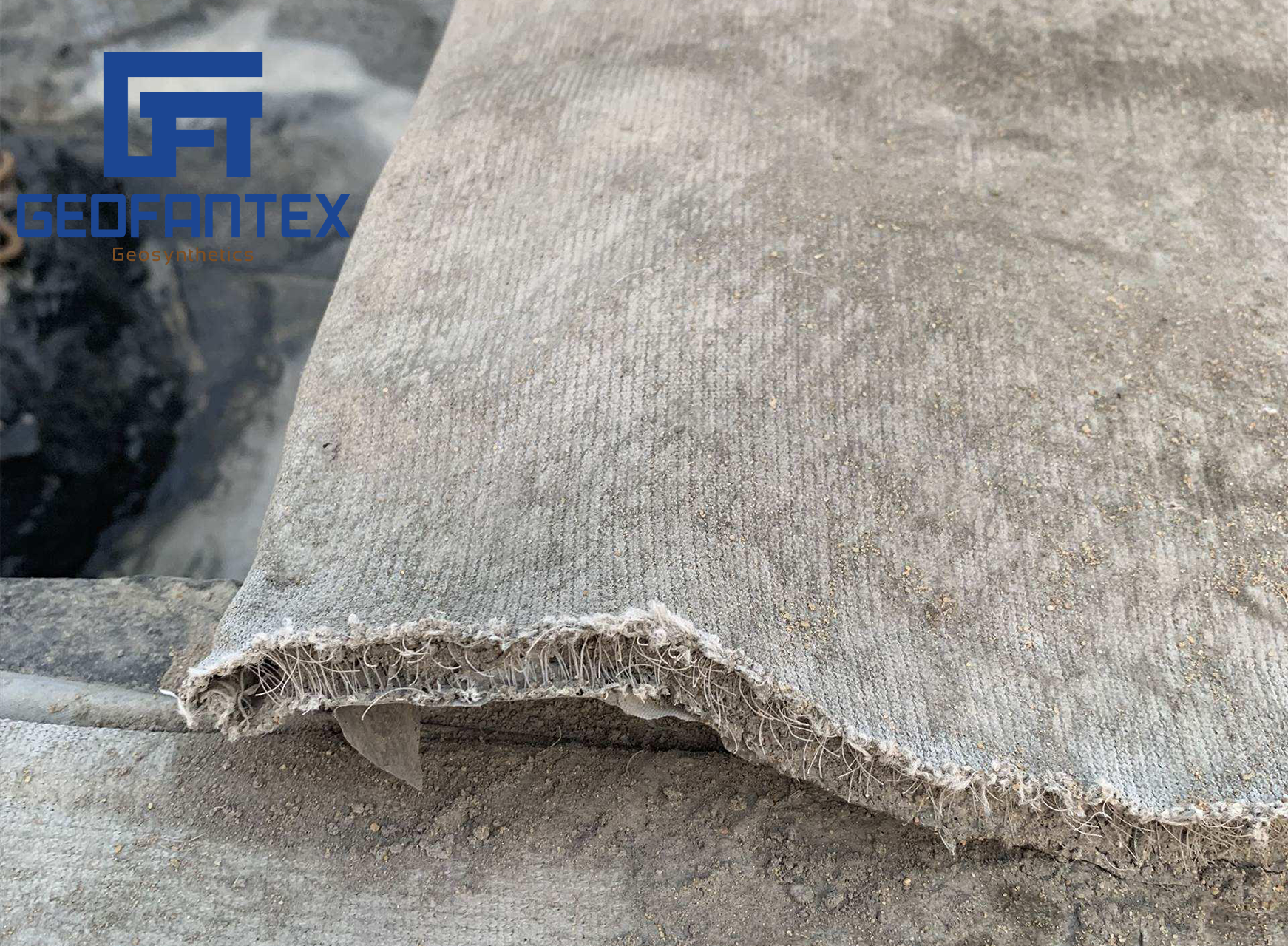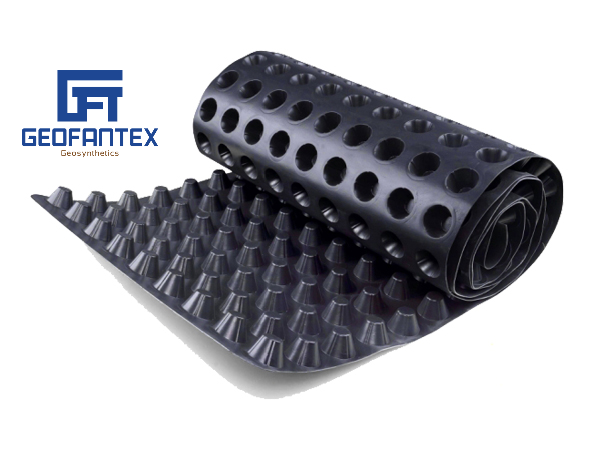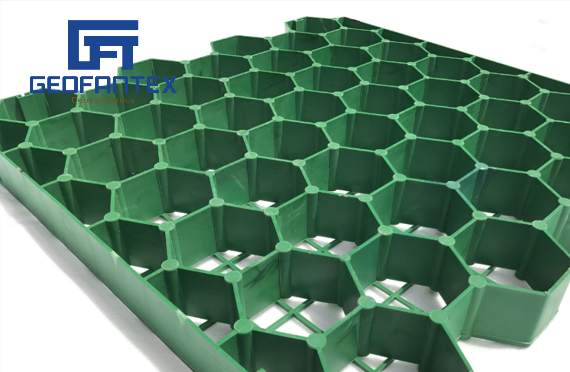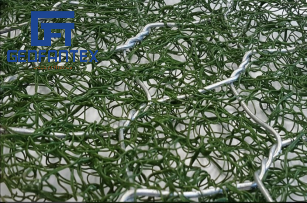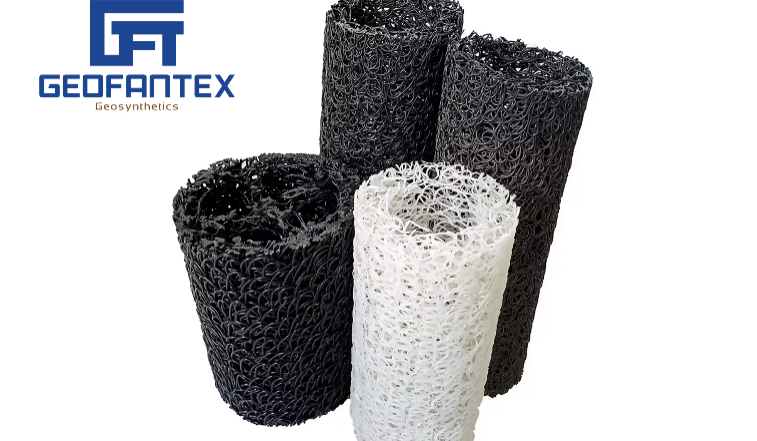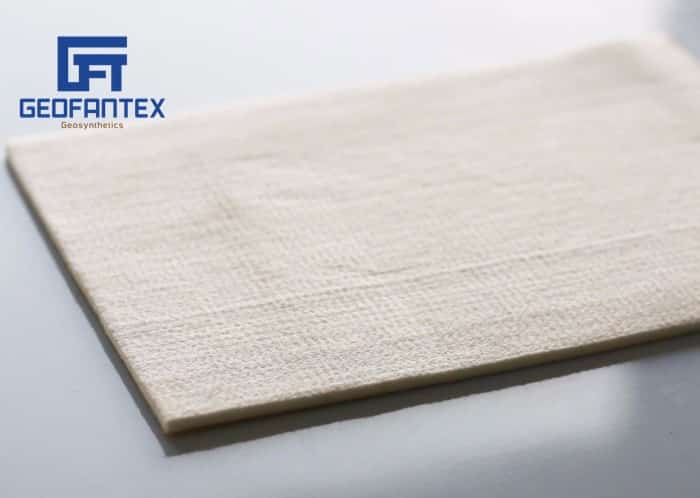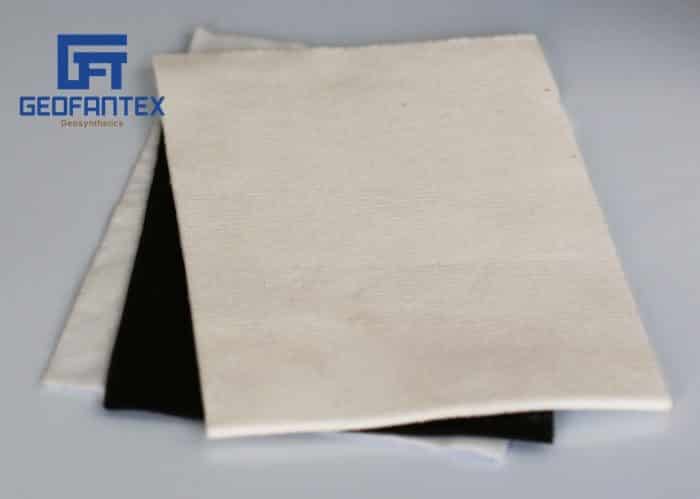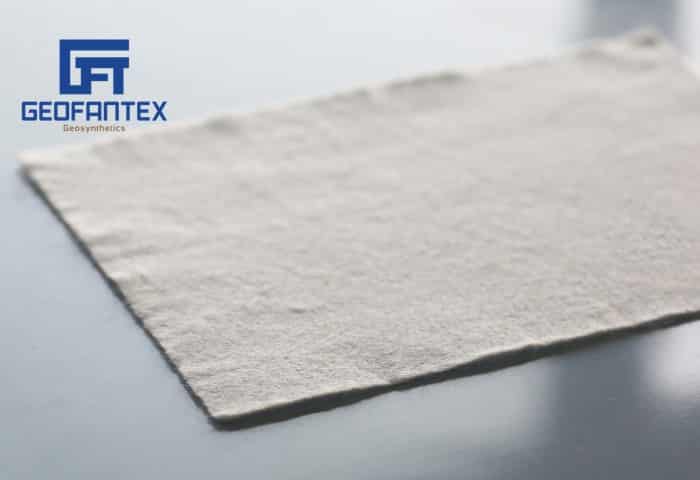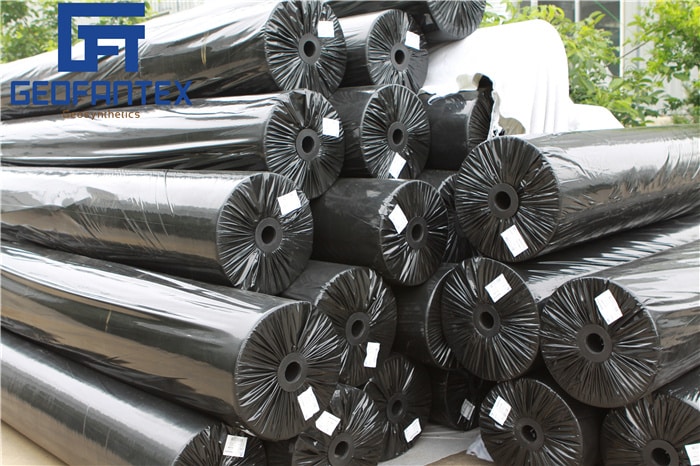+86-159 9860 6917
info@geofantex.com
geofantex@gmail.com
+86-400-8266163-44899
When managing water drainage in construction and environmental projects, a geocomposite drainage net offers an efficient solution. This advanced geosynthetic material helps prevent water accumulation, enhances soil stability, and extends the lifespan of infrastructure. Below, we address common questions about its applications and benefits.
What Is a Geocomposite Drainage Net, and How Does It Work?
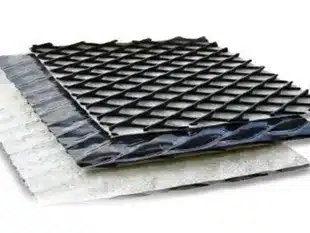
A geocomposite drainage net is a type of geosynthetic material designed to provide efficient drainage solutions in various civil engineering applications. It typically consists of a combination of geotextiles and a three-dimensional net structure made of synthetic materials, such as polymeric fibers or mesh. The purpose of the drainage net is to allow water to flow through it while simultaneously preventing the movement of soil particles, making it an ideal choice for applications like landfills, retaining walls, and road construction.
- Water Flow Management: The three-dimensional net structure creates void spaces that allow water to pass through easily. This provides a controlled path for the water, facilitating its movement away from areas that require drainage.
- Soil Separation and Filtration: The geotextile component acts as a filter, preventing soil particles from migrating into the drainage system while allowing water to flow through. This separation helps maintain the stability of the soil structure.
- Reinforcement: The net offers structural support to prevent compaction or deformation of the drainage system under load, ensuring long-term performance in demanding applications.
In short, a geocomposite drainage net effectively manages water flow, filters out soil, and provides structural support, making it a key material in many civil engineering and environmental protection projects.
Why Is It Better Than Conventional Drainage Methods?
Geosynthetics, like geocells and geogrids, are often considered better than conventional drainage methods for several reasons:
Improved Efficiency: Geosynthetic materials enhance water drainage by creating a more efficient pathway for water flow, reducing the chances of clogging or poor drainage performance compared to traditional gravel or pipe-based systems.
- Cost-Effectiveness: While the initial installation might be higher, geosynthetic systems typically have lower long-term maintenance costs due to their durability and resistance to wear and tear.
- Environmental Benefits: These materials are often more sustainable, as they reduce the need for excavation and the use of natural resources like gravel or sand, leading to lower environmental impact.
- Flexibility and Versatility: Geosynthetic systems can be tailored to specific site conditions, offering solutions for a wide range of drainage problems, whether in steep slopes, heavy traffic areas, or areas with unstable soils.
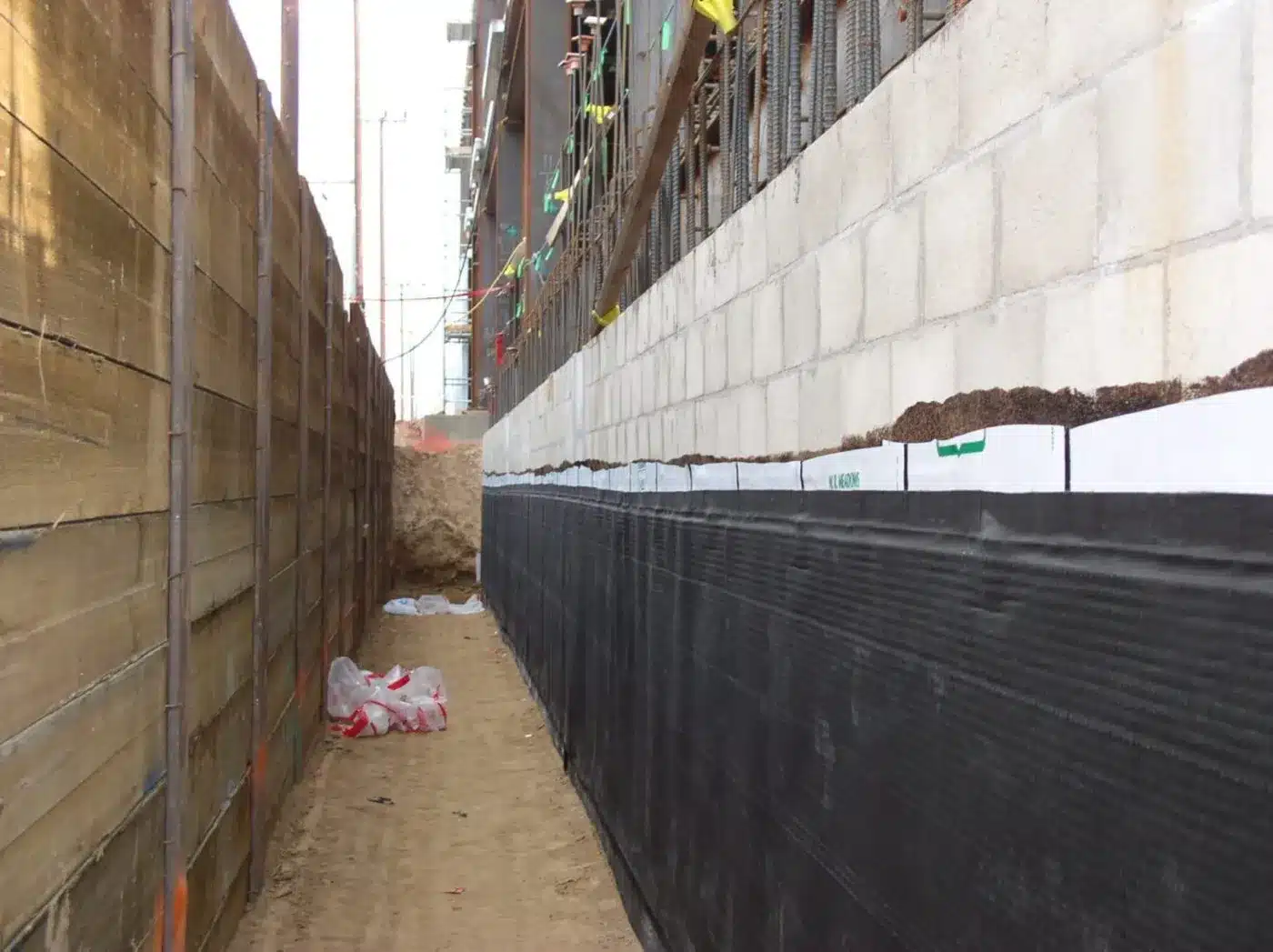
Where Can a Geocomposite Drainage Net Be Used?
A geocomposite drainage net is widely used across civil engineering, infrastructure, and environmental protection projects where efficient drainage and soil stability are critical.
- Landfills: Installed above geomembranes to collect and transmit leachate, while preventing clogging of drainage layers.
- Retaining Walls: Reduces hydrostatic pressure behind walls, improving structural stability and extending service life.
- Roads and Highways: Used beneath pavements and embankments to manage subsurface water and prevent weakening of the base layer.
- Green Roofs: Facilitates excess water drainage while protecting waterproofing membranes and supporting vegetation systems.
- Tunnels and Underground Structures: Controls groundwater infiltration and protects concrete linings from water pressure buildup.
- Slopes and Embankments: Enhances drainage performance, minimizes erosion, and improves long-term slope stability.
The versatility of geocomposite drainage nets makes them suitable for both large-scale infrastructure projects and environmentally sensitive applications, delivering reliable drainage performance where conventional systems may fail.
How Does It Improve Project Efficiency?
By offering rapid water drainage, geocomposite nets prevent soil erosion and reduce hydrostatic pressure, leading to more stable and durable structures. Their ease of installation also speeds up construction timelines and lowers labor costs.
For industries requiring reliable drainage solutions, geocomposite drainage nets provide a cost-effective and high-performance alternative to traditional methods.
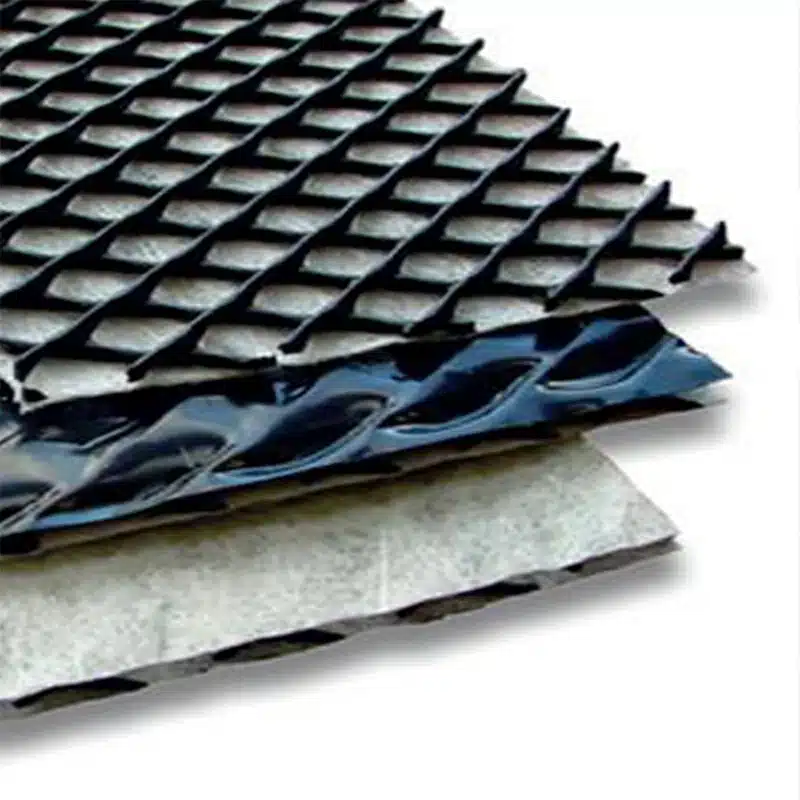
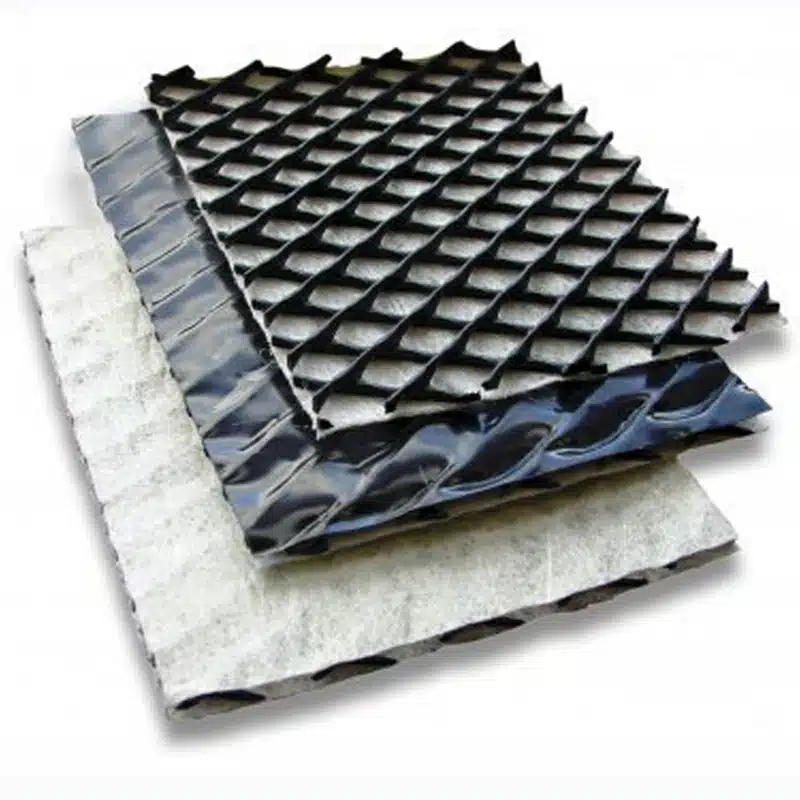
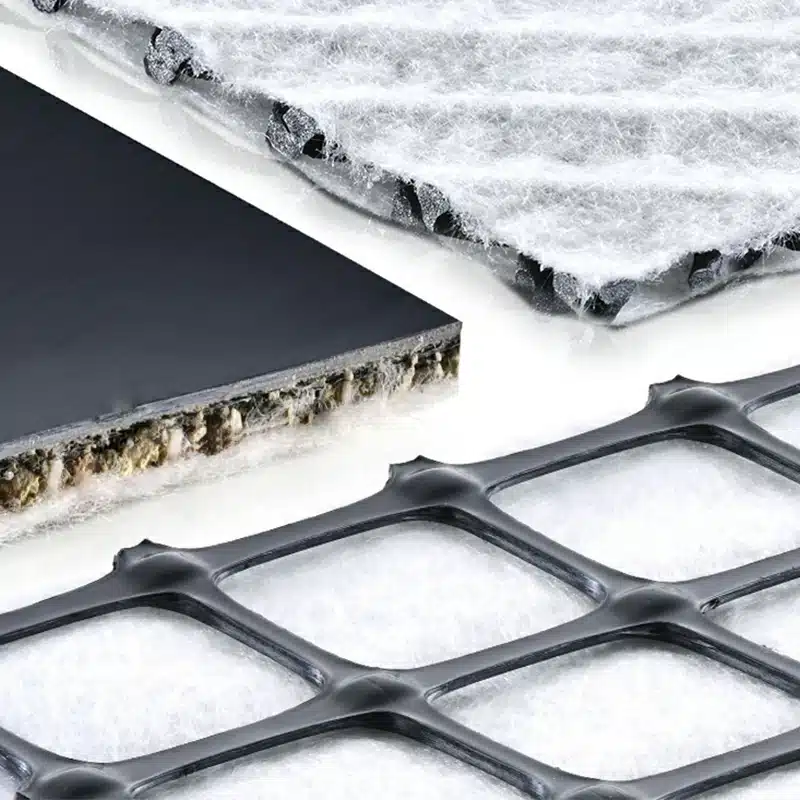
Get Free Sample
We’ll respond as soon as possible(within 12 hours)


